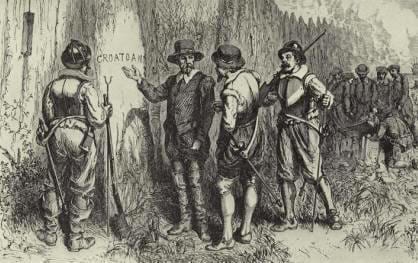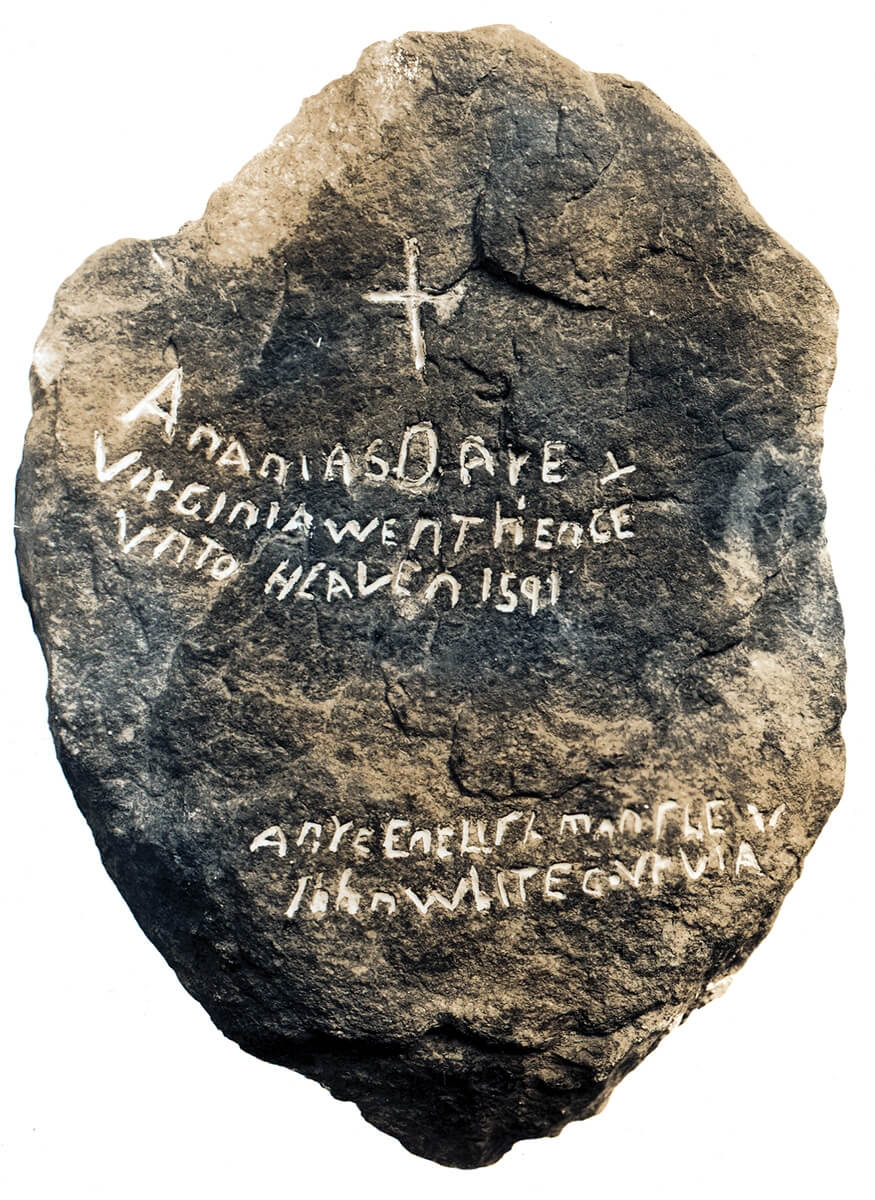Trending Now
America’s oldest, and according to some, greatest, mystery is what happened to the colonists who first tried to settle Roanoke Island. The settlers arrived later in the year than planned – too late to get a good harvest going for the winter, and too late to continue to Jamestown – and were basically abandoned by their leader, John White, when he sailed back to England for provisions and reinforcements.

Photo Credit: Wikipedia
When White returned in August 1590, the settlers and most of the settlement was gone. As history goes, no one ever heard from any of them again.
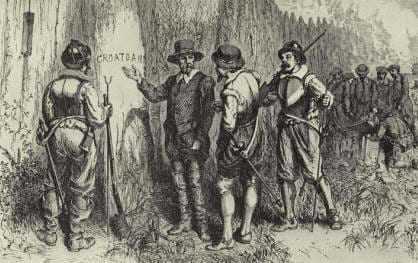
Photo Credit: Wikipedia
But it turns out that’s not really true.
In the mid-1930s, a tourist ran across a large stone with strange engravings on it while hunting hickory nuts along a stretch of Highway 17 near Edenton, North Carolina. He passed it along to an Emory University professor who, together with his father at Brenau University, offered rewards for additional stones. They received more, but all were definitively proven to be hoaxes, and the stones – including the first – were stuffed in a dark room to gather dust, an embarrassment for all involved.

Photo Credit: Pixabay
Recently, however, historians have gone back to study that first stone, and have found conclusive evidence that it is, at the very least, nothing like any of the others. Its composition is mostly quartz, with threads of copper throughout. The writing on it is Elizabethan, without any errors that would unmask a non-native speaker. It claims that after White left for England, war and disease dropped the number of settlers to two dozen, and then a final attack by natives reduced it to just seven – the same number of survivors historians and researchers have found that native tribesmen revealed to contemporary search parties from Jamestown.

Photo Credit: Wikipedia
The stone (original text below) was written by Eleanor White Dare, the daughter of John White and the mother of the first English baby born on American soil, Virginia Dare. Her husband and daughter were killed in the final attack, and she recounts that all the dead were buried and their names commemorated on an additional stone before they set off to seek safety elsewhere.
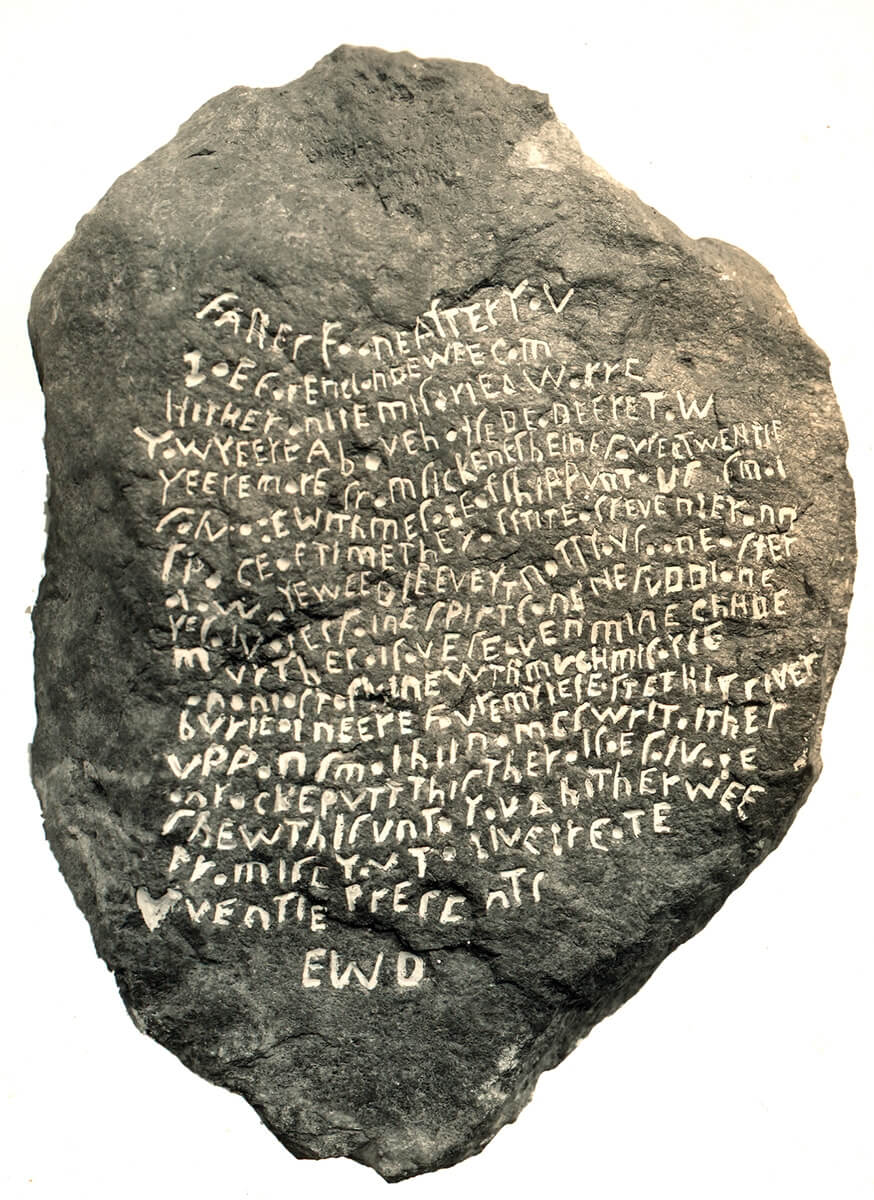
Photo Credit: Brenau University
Which is more than a little interesting, considering an account from a man named William Strachey in 1612, who was involved in a search for the missing colonists out of the Jamestown settlement. He wrote that the “Weroance Eyanoco preserved seven of the English alive – fower men, two boyes, and one younge mayde (who escaped and fled up the river of Chanoke), to beat his copper, of which he hath certaine mynes at the said Ritanoe.”

Photo Credit: Pixabay
What it could mean is that seven settlers did survive only to find themselves kept as indentured servants by a local Native American tribe. We know that Native Americans in the area did mine copper, though modern archaeologists haven’t been able to locate any of the mines in the area. We know that Jamestown leader John Smith did make more than one expedition south, and spoke with natives in an attempt to learn what had become of the other English pioneers.

Photo Credit: Wikipedia
The original Dare Stone’s composition matches that of stones found around copper mines in the area.

Photo Credit: Wikimedia
The second piece (for me) of convincing, if circumstantial, evidence is the perfect Elizabethan English used to make the inscription – it even uses a little-known superscript and thorn to write the word ‘the,’ long mistaken to be a ‘ye.’

Photo Credit: Brenau University
In sum, is it possible that someone in the 1930s could have read Strachey’s published account and used their academic-level knowledge of Elizabethan English and colonial geography and geology to create and plant a stone that matches up in all the right places?
Yes.
Is it likely that someone with that sort of knowledge would be involved in an elaborate hoax they received no benefit from, and that could have destroyed an academic career in the blink of an eye?
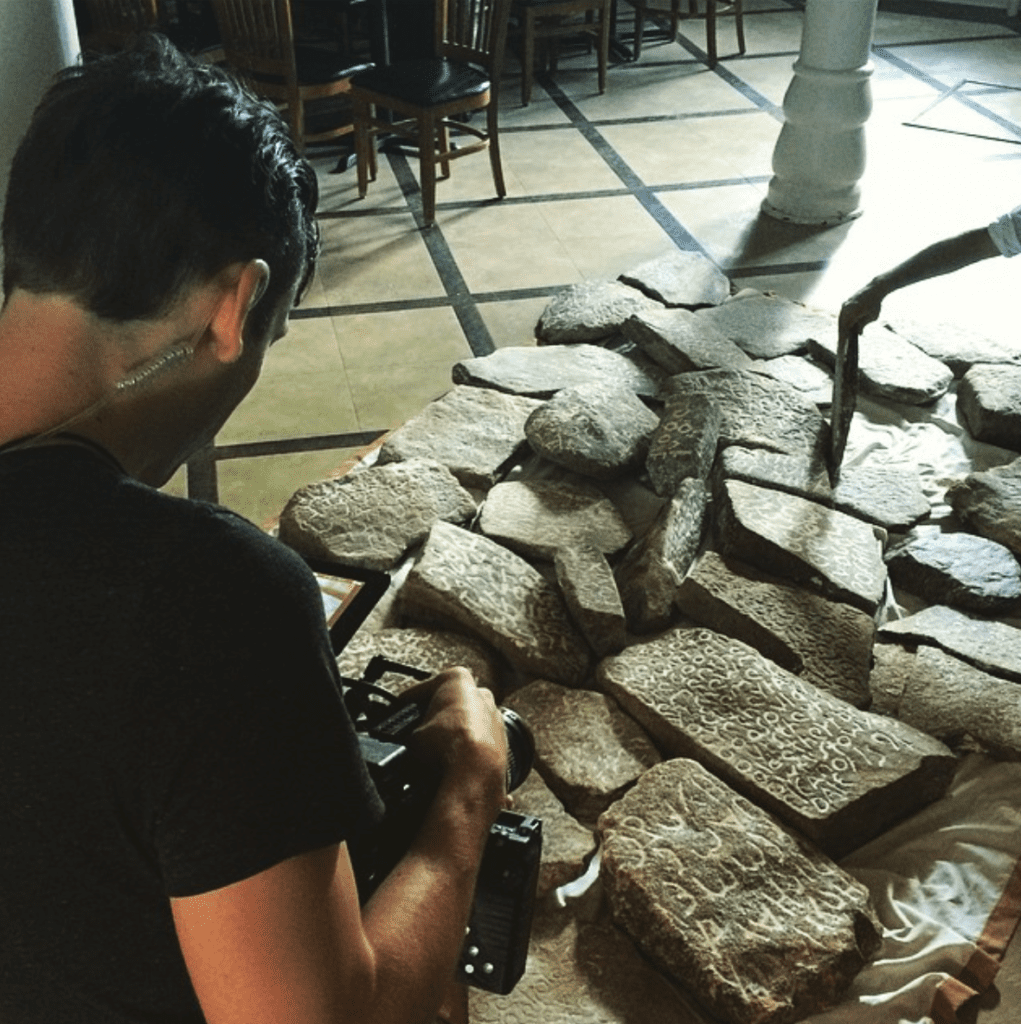
Photo Credit: Instagram,joethefro
I don’t know, but my gut says no. No, the original stone isn’t a hoax, and Elizabeth White Dare and six others survived the Roanoke tragedy before leaving to assimilate with a native tribe, in one way or another.
As for you, well…you decide.
You can also check out The History Channel’s Return to Roanoke: Search for the Seven, for a more in-depth analysis.

